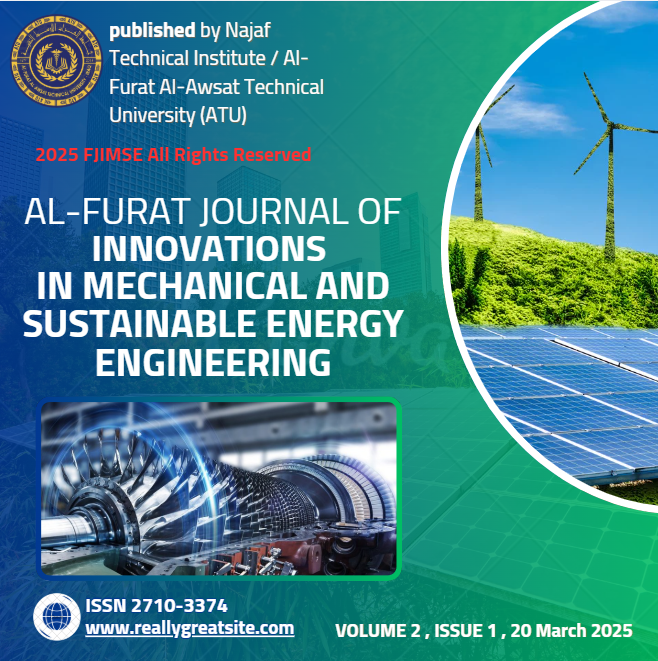USING SOME TECHNIQUES TO IMPACT ENERGY SAVING FOR BUILDING LOCATED IN HOT CLIMATE (BAGHDAD) / REVIEW STUDY
DOI:
https://doi.org/10.52262/fursee.v1.i1.2Keywords:
Energy saiving , insulation , sahding , glazing , PCMs.Abstract
The built environment is a significant contributor to global energy consumption, with heating, cooling, and lighting accounting for a substantial portion of energy use in buildings. As the demand for energy-efficient structures grows, the integration of advanced design strategies and materials has become critical in reducing energy consumption while maintaining occupant comfort. This article explores the effects of various techniques including building design, material selection, ventilation strategies, cooling load management, insulation, shading, cool paints, glazing, and phase-change materials (PCM) on energy efficiency in buildings. Each factor is analyzed for its impact on reducing energy demand, improving thermal performance, and enhancing sustainability. Building design and orientation play a pivotal role in optimizing natural light and airflow, while material selection influences thermal mass and insulation properties. Ventilation strategies, both natural and mechanical, are examined for their ability to reduce cooling loads, and insulation is evaluated for its effectiveness in minimizing heat transfer. Shading devices and cool paints are discussed for their role in mitigating solar heat gain, while advanced glazing technologies are assessed for their ability to balance day lighting and thermal insulation. Additionally, the use of PCM is highlighted for its potential to store and release thermal energy, thereby stabilizing indoor temperatures. By comparing these factors, this study identifies the most effective strategies for reducing energy consumption in buildings, offering insights for architects, engineers, and policymakers to prioritize solutions that align with sustainability goals.
Downloads
Published
Issue
Section
License

This work is licensed under a Creative Commons Attribution-ShareAlike 4.0 International License.




